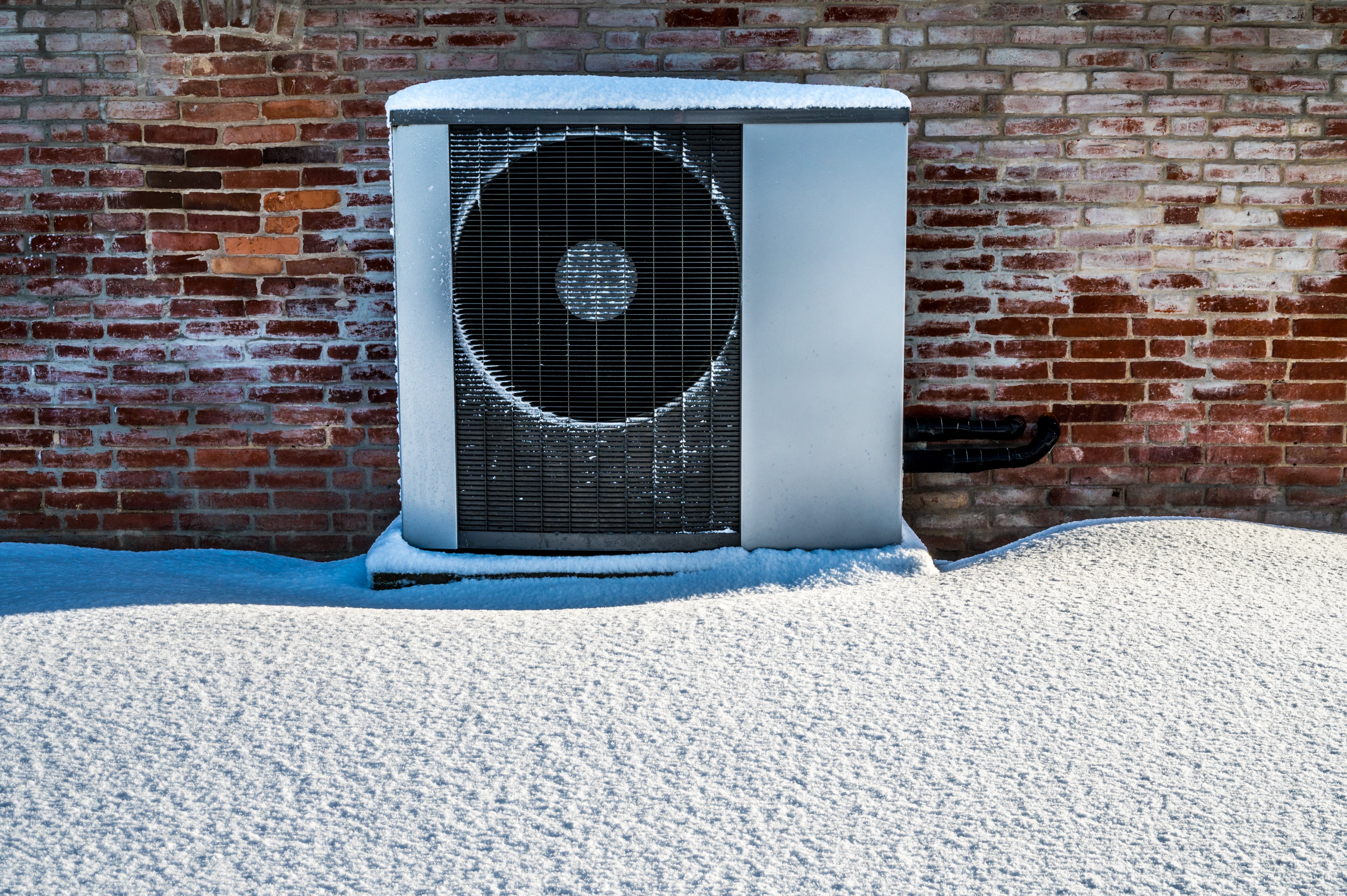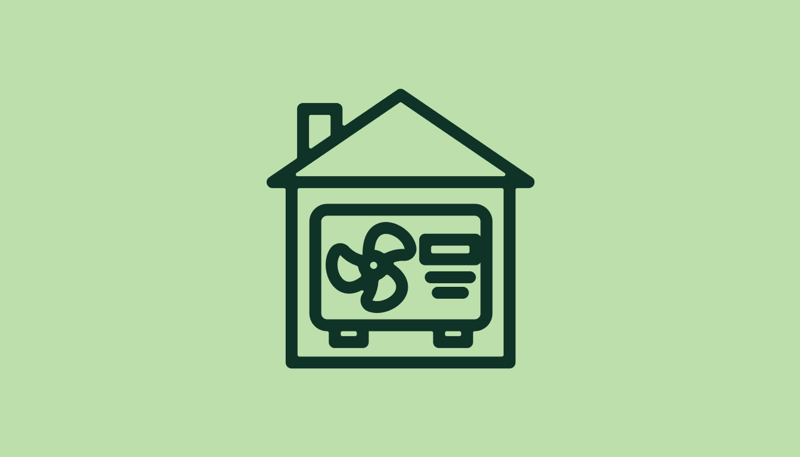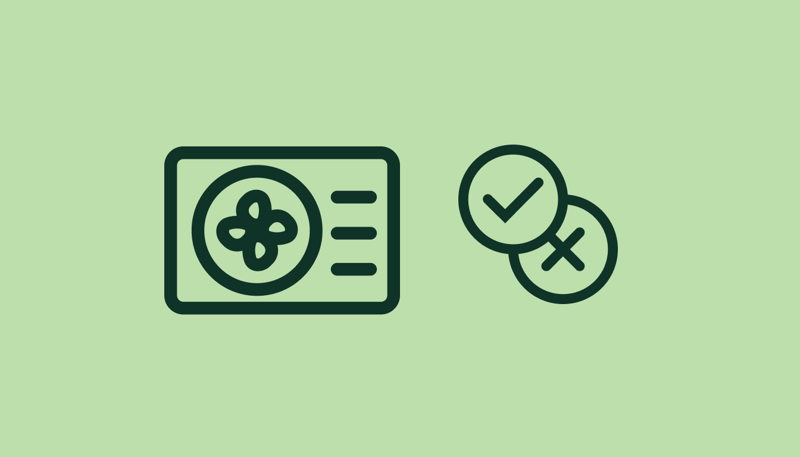Table of Contents
Heating your home in the UK is getting more expensive by the year. Gas bills in the UK keep rising, and traditional heating systems like gas boilers aren’t just costly—they’re also bad for the environment.
If you’re worried about staying warm without breaking the bank—or harming the planet—air source heat pumps (ASHPs) offer a compelling solution. But a common question many homeowners ask is: “Do heat pumps actually work in cold UK winters?”
The answer is a confident yes. Modern ASHPs are designed to deliver reliable heating even when temperatures drop below freezing, making them suitable for most UK homes.
In this guide, we’ll explain what makes them suitable for UK winters, how they perform in sub-zero temperatures, and why they’re becoming the go-to choice for homeowners across the country.
Can Heat Pumps Handle Cold UK Winters?
Modern ASHPs are designed to perform in cold climates. Research and real-world trials show that:
- At 0°C, typical ASHPs achieve a COP (coefficient of performance) of around 3—that’s three times the efficiency of a gas boiler.
- At -7°C, they still deliver a COP of 2–2.5, maintaining twice the efficiency of traditional heating.
- Even at -15°C, cold-climate models can reach COPs of 1.8–2.2, which is more than enough for UK winters.
UK government trials, including the Electrification of Heat Demonstration Project, found that ASHPs maintained high efficiency during the coldest days. In fact, homeowners reported satisfaction rates above 80%, with most enjoying lower running costs compared to gas or oil.
Large-scale UK field trials from the Energy Saving Trust found ASHPs consistently achieved COPs above 2 across British winters. Careful design, installation quality, and home insulation levels remain important, but do not prevent good cold performance.
In Nordic countries such as Finland, Sweden, and Norway, winters are much colder than in the UK. Yet millions of homes use air source heat pumps, showing they work even in harsh winters.
Air Source Heat Pump Efficiency in Cold Weather
| Outside Temperature | Typical ASHP Efficiency (COP) | How it Compares to a Gas/Oil Boiler |
|---|---|---|
| +7°C | 3.7 | ~4× more efficient |
| 0°C | 3.0 | 3× more efficient |
| -7°C | 2.0–2.5 | 2–2.5× more efficient |
| -15°C | 1.8–2.2 | 1.8–2× more efficient |
| -20°C | 1.5–2.0 | 1.5–2× more efficient |
| -25°C (cold-climate units) | 1.3–1.5 | Still above 1.5× efficient |
Will I Need a Backup Heating System?
For most UK homes, a backup system isn’t necessary. Modern air source heat pumps deliver steady, reliable heat even when the temperature drops below freezing. That makes them a great fit for most UK homes. Even when the temperature drops well below freezing, these systems maintain efficiency and comfort.
In homes that are poorly insulated or extremely large, some people choose a hybrid setup (heat pump plus a boiler) for extra flexibility—but it’s not required for the vast majority of households.

How do Heat Pumps Work in Winter?
How Modern Heat Pumps Work in Sub-Zero Temperatures
Thanks to technological innovations, ASHPs remain efficient even in freezing weather. Key features include:
- Cold Climate Refrigerants – Maintain heat transfer even in very low outdoor temperatures.
- Variable Speed Compressors – Adjust output to match heating demand.
- Vapour Injection / Boost Technology – Keeps heating capacity high during extreme cold.
- Optimised Defrost Cycles – Frost removal uses only 5–8% of seasonal energy, minimising waste.
- Smart Weather Compensation – System adjusts performance automatically to maintain comfort and efficiency.
- Enhanced Heat Exchangers & Fans – Extract more heat from cold air, even in freezing conditions.
These innovations mean most UK homes don’t need a backup heating system, even during the chilliest winter days.
Practical Tips for UK Homeowners
-
Insulation: Improve loft, walls, and draught-proofing to maximise efficiency.
-
Radiators: Low-temperature or larger radiators help maintain comfortable indoor temperatures.
-
Hybrid Options: Rarely needed in the UK, but can be considered in older, poorly insulated homes.
-
Smart Controls: Weather-compensated or programmable systems help optimise energy use.
In short, air source heat pumps are a reliable, efficient, and environmentally friendly option for UK homes, even in cold weather.


